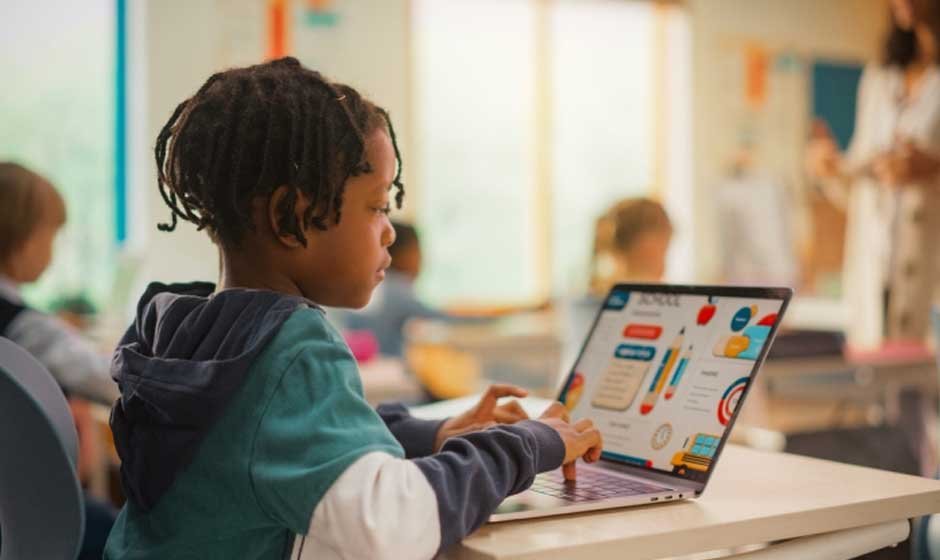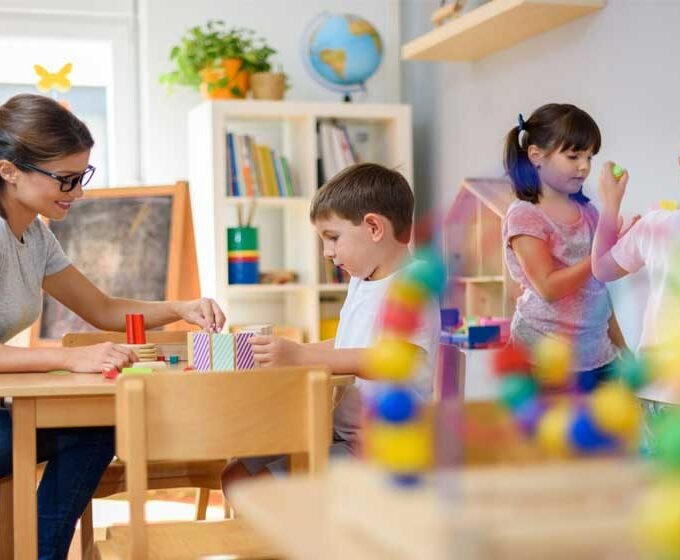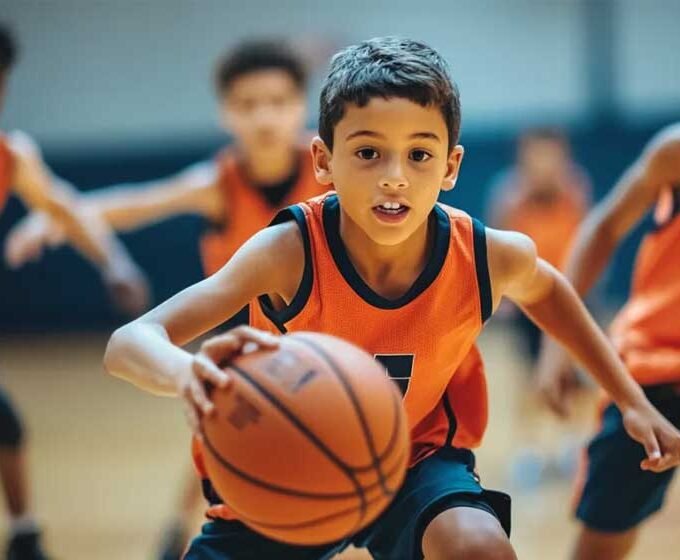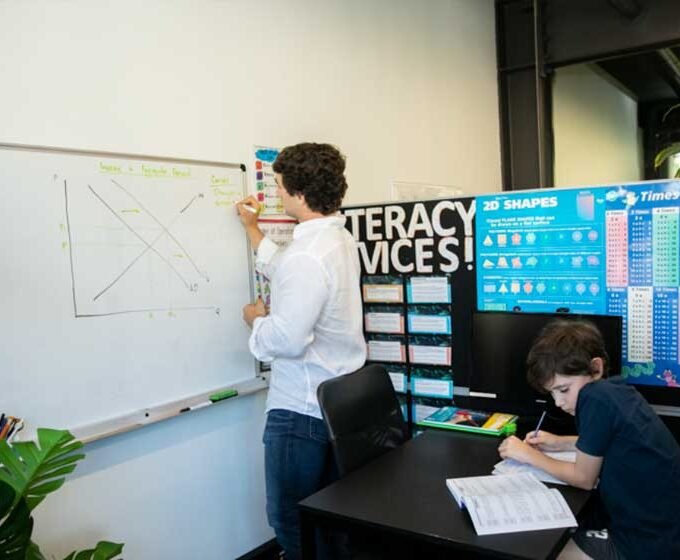In today’s classrooms, sustaining student motivation and involvement can feel like an ongoing challenge. Traditional lecture formats often struggle to engage diverse attention spans or address multiple learning styles. Gamification offers a powerful shift by weaving game design elements into lesson plans. Point systems, levels, badges, and rewards transform routine activities into engaging quests. Thoughtful application of these mechanics promotes active learning, nurtures healthy competition, and fosters collaboration. When educators harness students’ natural drive for achievement and play, they can inspire meaningful participation and deepen understanding.
Making Learning Fun and Interactive
Game mechanics bring fresh energy to standard lessons. Instead of delivering information in a single lecture, teachers can structure content as a sequence of missions or quests. For instance, a history unit can become a time travel adventure in which students earn points for correctly placing events on a chronological timeline. Math lessons can be framed as puzzles that unlock the next stage once the class reaches a target score. Visual progress bars or leaderboards enable learners to track achievements and fuel friendly rivalry. Collaborative games encourage small teams to tackle real-life scenarios or assemble group projects. These interactive methods transform passive note-taking into hands-on exploration and reinforce retention of concepts.
Building Motivation Through Achievement
Achievement badges and reward tiers tap directly into intrinsic and extrinsic motivators. By setting clear milestones, for example mastering a new grammar concept or completing an experimental science design, students focus their efforts on tangible outcomes. When a milestone is reached, digital badges or classroom tokens recognize individual effort. Displaying these tokens on a public chart or student profile celebrates progress and boosts confidence. To maintain a supportive environment, teachers can also award group achievements or special privileges for teamwork and peer assistance. This balanced approach ensures that motivation remains both healthy and inclusive. Over time, learners link persistence with reward and cultivate a growth mindset that extends far beyond the classroom.
Encouraging Collaboration and Communication
Learning reaches its fullest potential when students discuss, debate, and co-create knowledge. Gamified group exercises provide structured opportunities for peer interaction. A language class might host a role-play tournament where teams negotiate a mock international treaty. Science students could participate in cooperative simulations that require collective problem-solving under time constraints. Throughout these activities, interactive platforms allow pupils to share ideas, cast votes, and refine group solutions in real time. Such shared experiences not only develop communication skills but also build empathy by exposing learners to diverse perspectives. As students collaborate to achieve common goals, they form a supportive community rather than working in isolation.
Supporting Responsibility and Well-Being
Games that emphasize self-regulation and balanced engagement help students develop accountability and self-awareness. Progress tracking tools and reflective journals encourage learners to monitor their own development, set personal targets, and identify areas for growth. Introducing a student safety tool creates a secure digital environment where students can participate without privacy concerns or exposure to inappropriate content. This reliable framework reinforces positive behaviors and reduces anxiety about online interactions. Teachers can also incorporate wellness challenges such as earning points for mindful breathing exercises or brief outdoor activities to promote a holistic approach to education. By aligning academic tasks with habits that support mental and physical health, educators help students manage stress and sustain concentration.
Measuring Progress and Adapting Activities
Data-driven insights play a crucial role in refining gamified lessons to maximize effectiveness. Regular formative assessments, quick polls, or exit tickets reveal which topics resonate and where learners face challenges. Analyzing participation metrics, including average response times, completion rates, and peer feedback ratings, helps teachers adjust the difficulty of tasks. If a mission proves too simple, additional layers of complexity can be introduced. Conversely, if certain game elements exclude quieter students, pairing structures or anonymous response methods promote inclusivity. Seeking regular feedback from students on both game mechanics and reward systems creates a collaborative design process and increases ownership. By iterating on these activities, educators build an adaptive environment that evolves alongside student needs and interests.
Conclusion
Incorporating gamification into education reshapes the classroom into an immersive space where curiosity thrives and learning becomes an adventure. Achievement systems motivate learners, collaborative quests enhance communication, and reflective tools foster responsibility and well-being. Through careful measurement and ongoing refinement, teachers can customize game elements to support all students in reaching their potential. As excitement and engagement become integral to daily instruction, classrooms will transform into vibrant communities of inquiry, creativity, and mutual support.
















